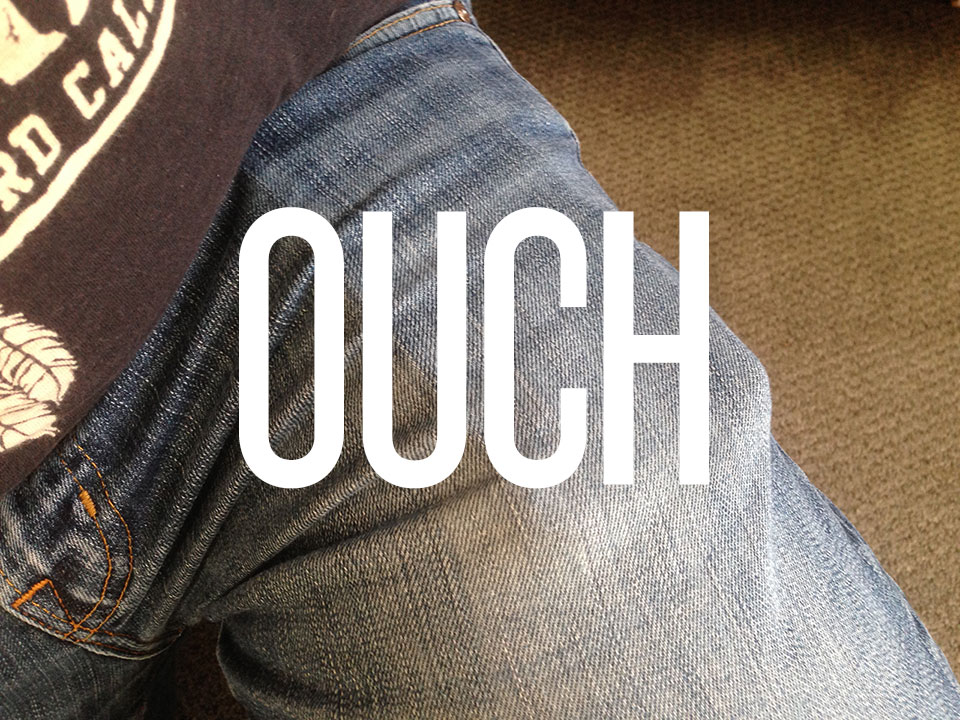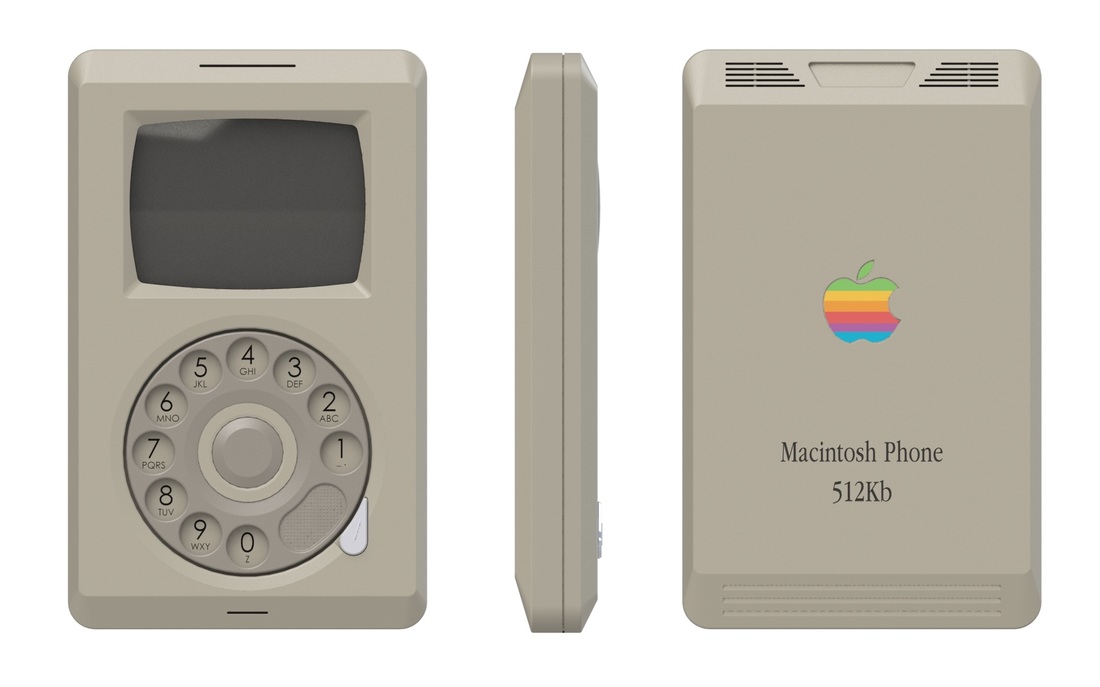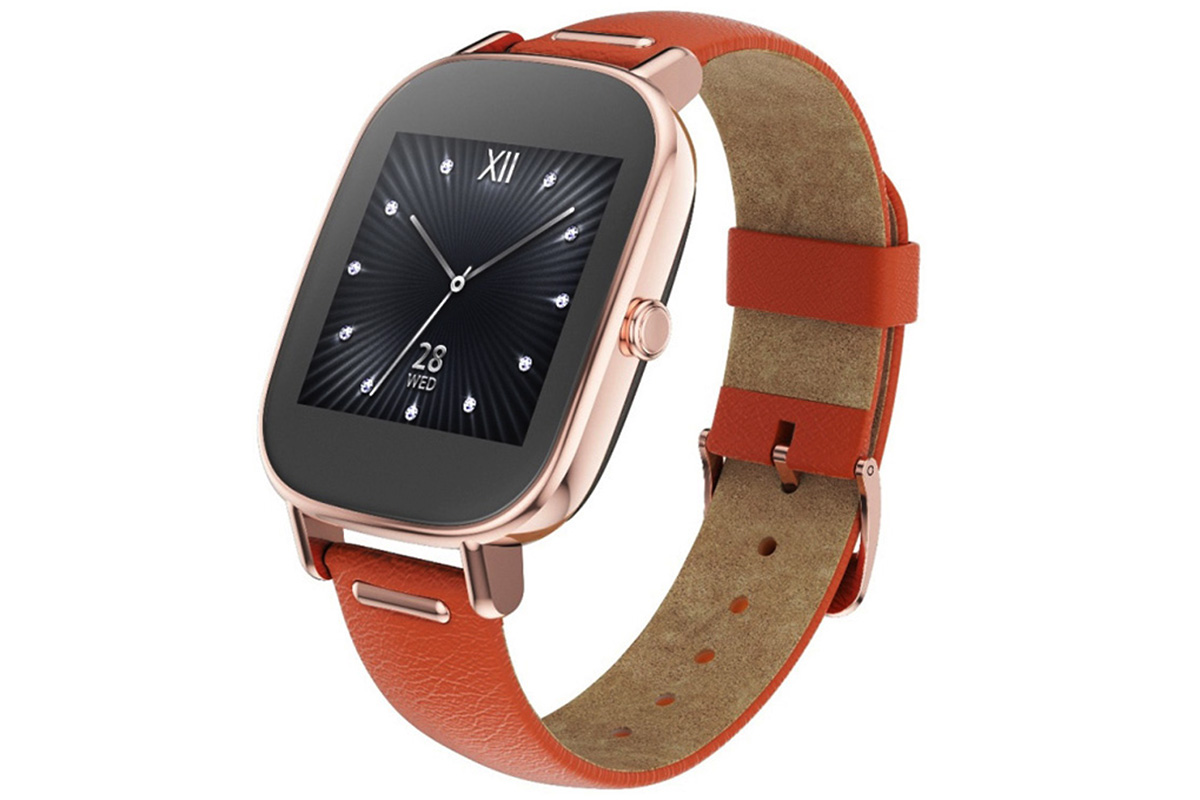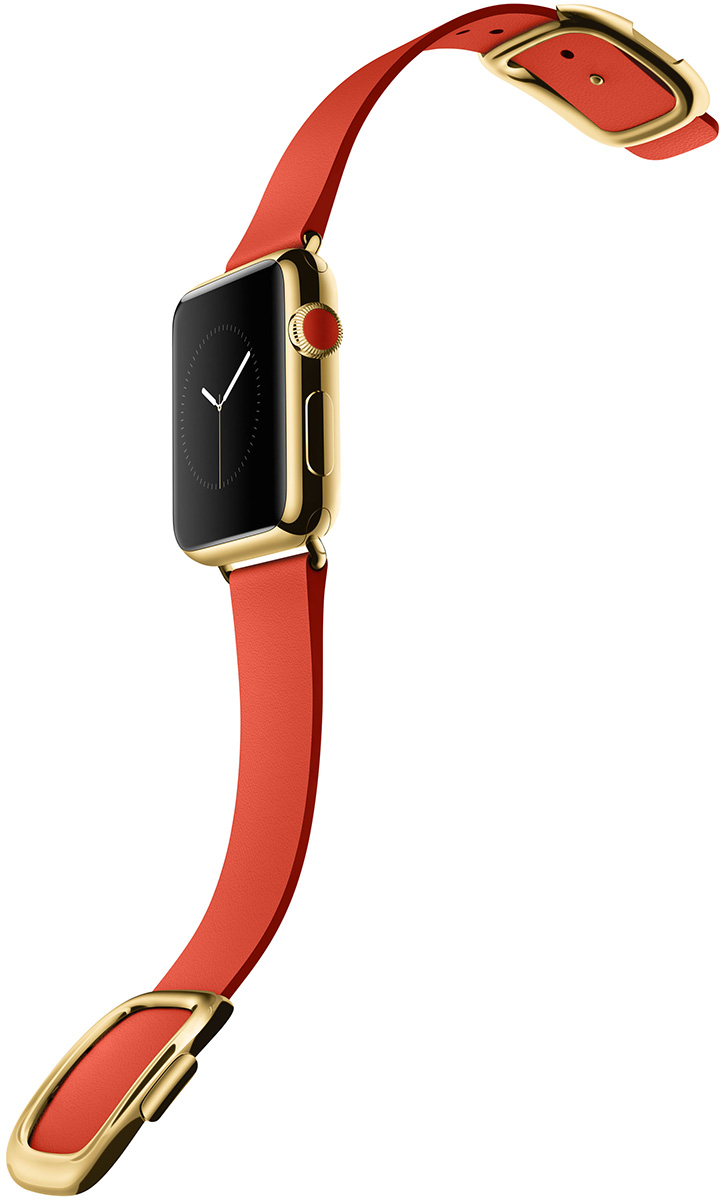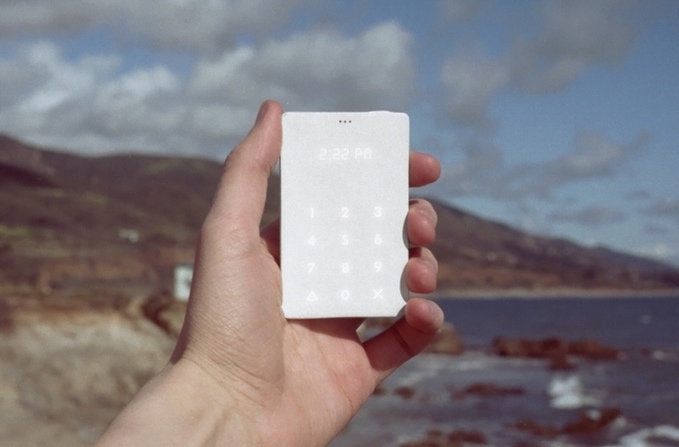Ever since Slice Intelligence posted their report claiming Apple Watch sales plunged 90% since launch week, doubters in the tech news have been on a feeding frenzy. They’re giddy over the possibility of the Apple Watch being a flop.
Apple isn’t immune to having products that flop, but it’s important to look at the Apple Watch launch in the context of the iPod and iPhone launches. Even conservative estimates put Apple Watch sales at around 2 million units. The original iPhone’s sold 1 million units opening weekend.
One of my favorite blog posts on the topic of Apple products is from Matt Mullenweg (creator of WordPress).
It’s titled, 1.0 is the Loneliest Number:
Many entrepreneurs idolize Steve Jobs. He’s such a perfectionist, they say. Nothing leaves the doors of 1 Infinite Loop in Cupertino without a polish and finish that makes geeks everywhere drool. No compromise!
I like Apple for the opposite reason: they’re not afraid of getting a rudimentary 1.0 out into the world.
I remember my first 1G iPhone. Like a meal you have to wait for, or a line outside a club, the fact that I stood in line for hours made the first time I swiped to unlock the phone that much sweeter. It felt like I was on Star Trek and this was my magical tricorder… a tricorder that constantly dropped calls on AT&T’s network, had a headphone adapter that didn’t fit any of the hundreds of dollars of headphones I owned, ran no applications, had no copy and paste, and was as slow as molasses.
This is where we’re at with Apple Watch. It has a long way to go before it matures into a strong product, but as John Gruber pointed our back in 2010, this is how Apple rolls:
This is how the designers and engineers at Apple roll: They roll. They take something small, simple, and painstakingly well considered. They ruthlessly cut features to derive the absolute minimum core product they can start with. They polish those features to a shiny intensity. At an anticipated media event, Apple reveals this core product as its Next Big Thing, and explains—no, wait, it simply shows—how painstakingly thoughtful and well designed this core product is. The company releases the product for sale.
Then everyone goes back to Cupertino and rolls. As in, they start with a few tightly packed snowballs and then roll them in more snow to pick up mass until they’ve got a snowman. That’s how Apple builds its platforms. It’s a slow and steady process of continuous iterative improvement—so slow, in fact, that the process is easy to overlook if you’re observing it in real time. Only in hindsight is it obvious just how remarkable Apple’s platform development process is.
It the Apple Watch cool? Hell yeah. Does it feel underpowered? Hell yeah. Does it have a lot of potential? Hell yeah.
Think before you speak. Don’t be short-sighted and reactionary.
Give the Apple Watch some time and let’s see where it goes.
